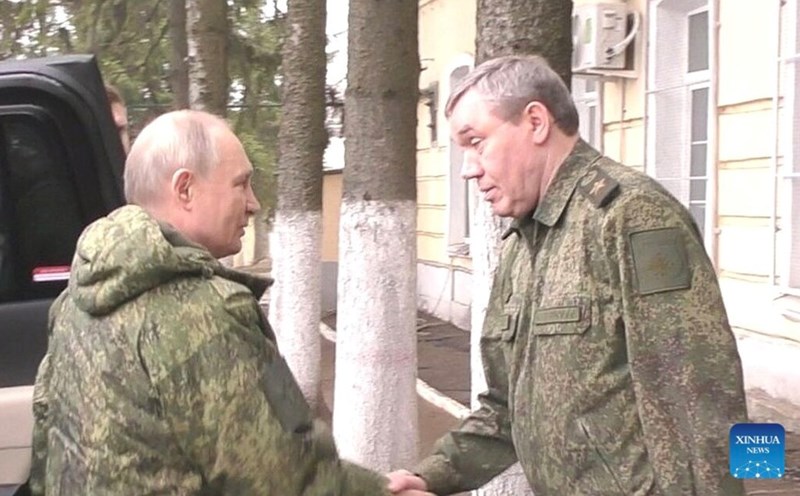Reuters reported that in the early morning of March 16 local time, a Ukrainian UAV attack on the Belgorod border area left 3 people injured, according to Governor Vyacheslav Gladkov.
Invoronezh province, Governor Alexander Gusev said the Russian air defense system had shot down more than 15 Ukrainian UAVs without any reports of significant casualties or damage. Rostov province was also attacked by UAVs overnight, but according to the authority of Governor Vasily Golubev, the defense forces promptly blocked it without any casualties.
On the Ukrainian side, the authorities reported many attacks by Russian UAVs, including one in Chernihiv province that caused a high-rise building to catch fire. Ukrainian media also reported a series of explosions around Kiev after the country's air force warned of the risk of Russian UAVs attacking the capital and some central areas.
The differences in interests and views between the parties make the ceasefire not just a simple political decision but a challenging problem. While no one knows exactly what US and Russian negotiators are discussing secretly about peace in Ukraine, based on public statements from Washington, Moscow, Kiev and European leaders, it is clear that inherent obstacles to reaching a peace deal are clear.
On February 18, US and Russian officials met in Riyadh after a phone call between US President Donald Trump and Russian President Vladimir Putin. The meeting has a broader agenda, not just centered around Ukraine, because the conflict stems from US security policy in Europe - something Russia considers a direct threat to its national security. Therefore, any solution to the conflict must be associated with improving US-Russia relations in general.
The next meeting on March 11 between the US and Ukrainian delegations in Riyadh took place in the context of the White House temporarily blocking military aid to Kiev. This forced Ukrainian President Volodymyr Zelensky to change his tough stance, accepting a 30-day ceasefire. However, the deal is full of unclear terms. The US has said it will require Russia to provide commensurate response but there is no specific time frame.
Meanwhile, Europe is preparing for a long-term confrontation with Moscow. In early March, the EU approved an €800 billion rearmament plan, including €150 billion loans to member states for investment in defense. On March 11, in Paris, French President Emmanuel Macron called on NATO military leaders to plan to ensure security for Ukraine in the event of a ceasefire, while promoting the establishment of an Coalition ready to action to protect Kiev.
While Trump seeks to reach a peace deal based on Ukraine's economic interests rather than including the country in NATO, Europe has a different view. This could ease NATO's pressure on Russia, but also create new challenges for Moscow, as the EU becomes increasingly tough.
Russian President Vladimir Putin remains ready for dialogue, but requires clear guarantees before committing to any agreements. The West has repeatedly issued a message that the ball is on Mr. Putins side, but in reality, Russia also has its own leverage to push responsibility back to the US and Ukraine.
The question is, if the US and Europe continue to face Russia, will a ceasefire really bring long-term peace? And will President Putin accept a deal that he believes cannot protect Russia's strategic interests?











